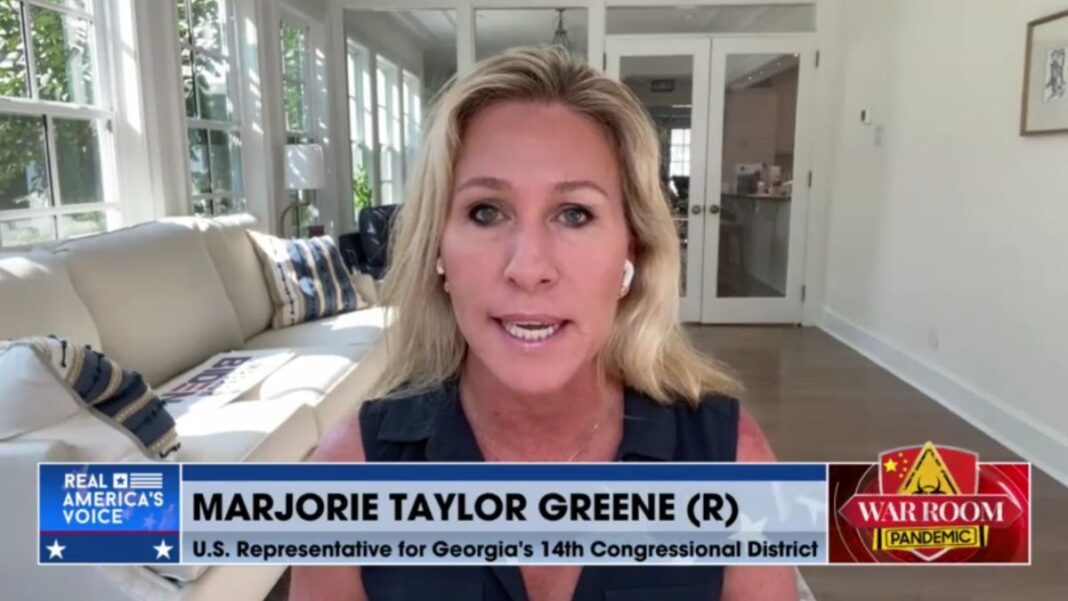There’s Going To Be ‘Terrorist Global Convention’ On 9/11
In 1941, shortly after Pearl Harbor pulled the United States into World War II, a group of volunteer American aviators led by Gen. Claire Chennault known as the Flying Tigers fought Japanese aggression in China. They were so successful that many people believe they were decisive in holding back Japan, eventually leading to its defeat.
Although they were paid volunteers rather than members of the American military, they were not denigrated as “mercenaries.” The Flying Tigers — who now would be called contractors — fought for China and the United States and, like paid American contractors in theaters of war today, fought as bravely and patriotically as American soldiers.
As policy makers in Washington decide what to do in Afghanistan, they should keep the Flying Tigers in mind. Such a force could be just the solution Afghanistan needs.
The reasons are as obvious as they are compelling: Last week, President Donald Trump announced his “new strategy” to end the war in Afghanistan, the longest war in American history. But in promising to add more dollars to the more than $800 billion already spent, not to mention more American troops to the thousands already dead or wounded, Trump’s strategy is sadly more old than new.
Fortunately, it is not too late to alter the course.
This spring, as Afghanistan policy was debated in Washington, the president asked for fresh options to end the war honorably. Faced with two choices — pulling out entirely or staying the course — I argued strongly for a new approach, a third path that would put in place a light footprint of American Special Forces, as well as contractors to work with Afghans to focus on the goal that Americans really care about: denying America’s enemies the sanctuary they used to plan the Sept. 11 attacks.
Unfortunately, serving or recently retired Pentagon generals monopolized the conversation, so a conventional outcome was assured.
The third path I’m talking about is not untested, even if it has been forgotten. When the U.S. first went into Afghanistan in 2001, it devastated the Taliban and al-Qaeda in a matter of weeks using only a few hundred CIA and Special Operations personnel, backed by American air power. Later, when the United States transitioned to conventional Pentagon stability operations, this success was reversed. Since then, the Pentagon’s biggest innovation has been to vary American and NATO troop levels from 9,000 to 140,000, and to increase civilian contractors to a peak level of 117,000 during President Barack Obama’s “surge.”
But history shows clearly that sheer tonnage does not win insurgencies. In all of them, when a foreign “invader” dominates, the weaker indigenous forces wait and learn. The 20 or so terrorist organizations in Afghanistan have watched American troops rotate through the country every six to nine months, allowing the insurgents to learn our battlefield tactics, including how forces patrol, communicate, target and respond. These quick rotations give American troops less time to learn the insurgents’ tactics.
The “new” strategy that the president adopted last week would reportedly increase authorized troop levels from 8,400 to around 12,400. This will merely continue the conflict. And no one can seriously argue that this strategy won’t inevitably require more spending, more troops and more casualties. In a war that has already lasted twice as long as Vietnam, is this the “new” strategy we want?
Credit must be given where it’s due. A bright spot in the Pentagon’s approach has been its reliance on the Afghan Special Forces, a unit representing fewer than 10 percent of total Afghan forces that conducts 70 percent to 80 percent of all offensive combat operations in the country. American Special Forces train and mentor those troops effectively.
My proposal is for a sustainable footprint of 2,000 American Special Operations and support personnel, as well as a contractor force of less than 6,000 (far less than the 26,000 in country now). This team would provide a support structure for the Afghans, allowing the United States’ conventional forces to return home.
This plan would use former Special Operations veterans as contractors who would live, train and patrol alongside their Afghan counterparts at the lowest company and battalion levels — where it matters most. American veterans, whose extraordinary knowledge and experience could be vital to Afghan success on the ground, would serve as adjuncts to the Afghan army and would perform in strict conformity with Afghan rules of engagement, eliminating the stigma of a foreign occupying force.
Supplemental Afghan air power, flown with Afghan markings, would include a contractor safety pilot, but only the onboard Afghan officer would make weapons decisions. All contracted personnel would be subject to the Uniform Code of Military Justice, just as active-duty American troops are now.
If the president pursues this third path, I, too, would vigorously compete to implement a plan that saves American lives, costs less than 20 percent of current spending and saves American taxpayers more than $40 billion a year. Just as no one criticizes Elon Musk because his company SpaceX helps supply American astronauts, no one should criticize a private company — mine or anyone else’s — for helping us end this ugly multigenerational war.
It’s not too late to find a new path and give a new band of Flying Tigers a chance to serve America as valiantly as their predecessors did.
By Erik Prince
Erik Prince, a former Navy SEAL, is the chairman of Frontier Services Group. He founded the company formerly known as Blackwater, a security contractor. He wrote this column for the New York Times. Website: fsgroup.com








